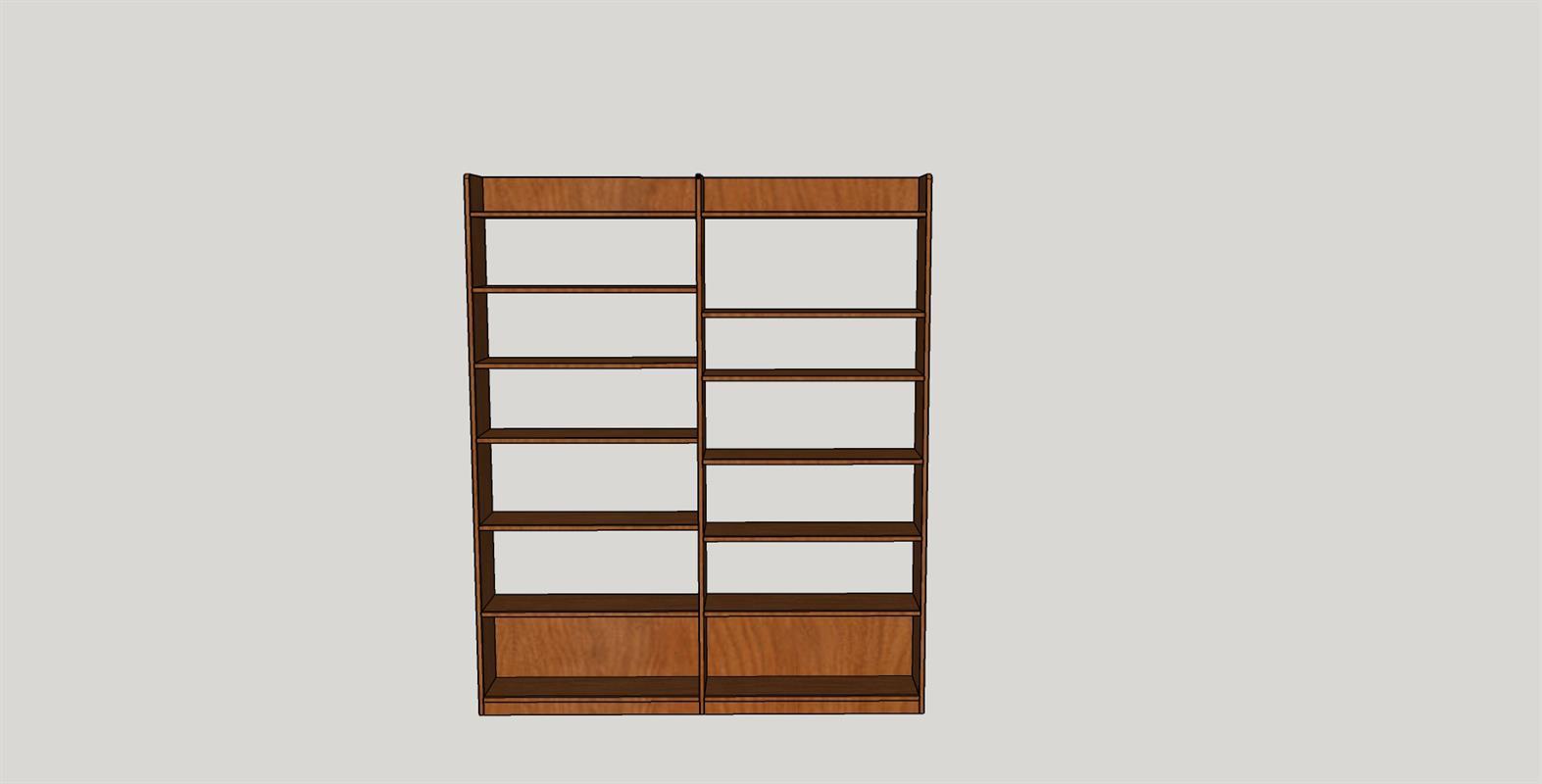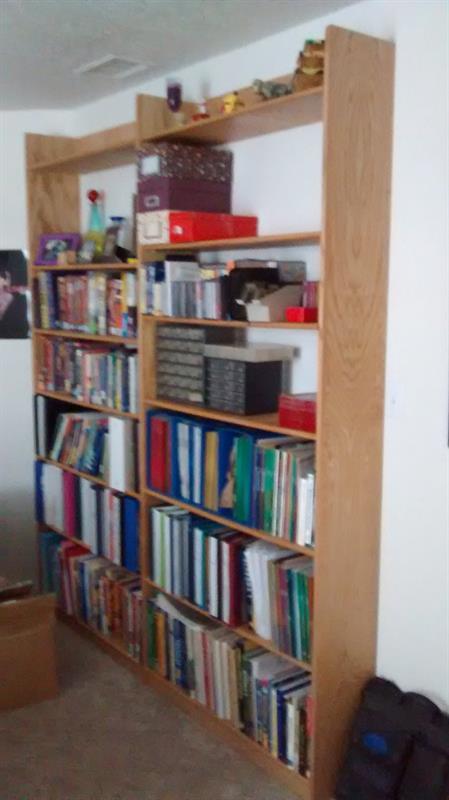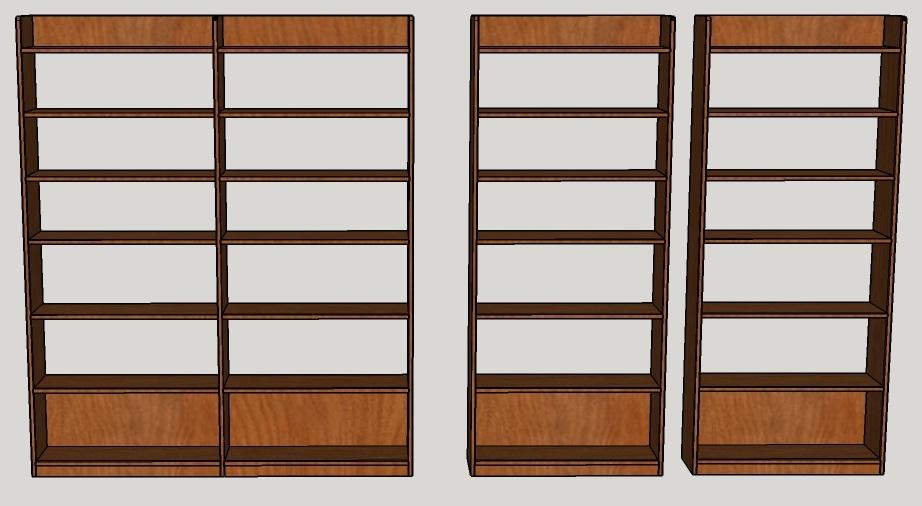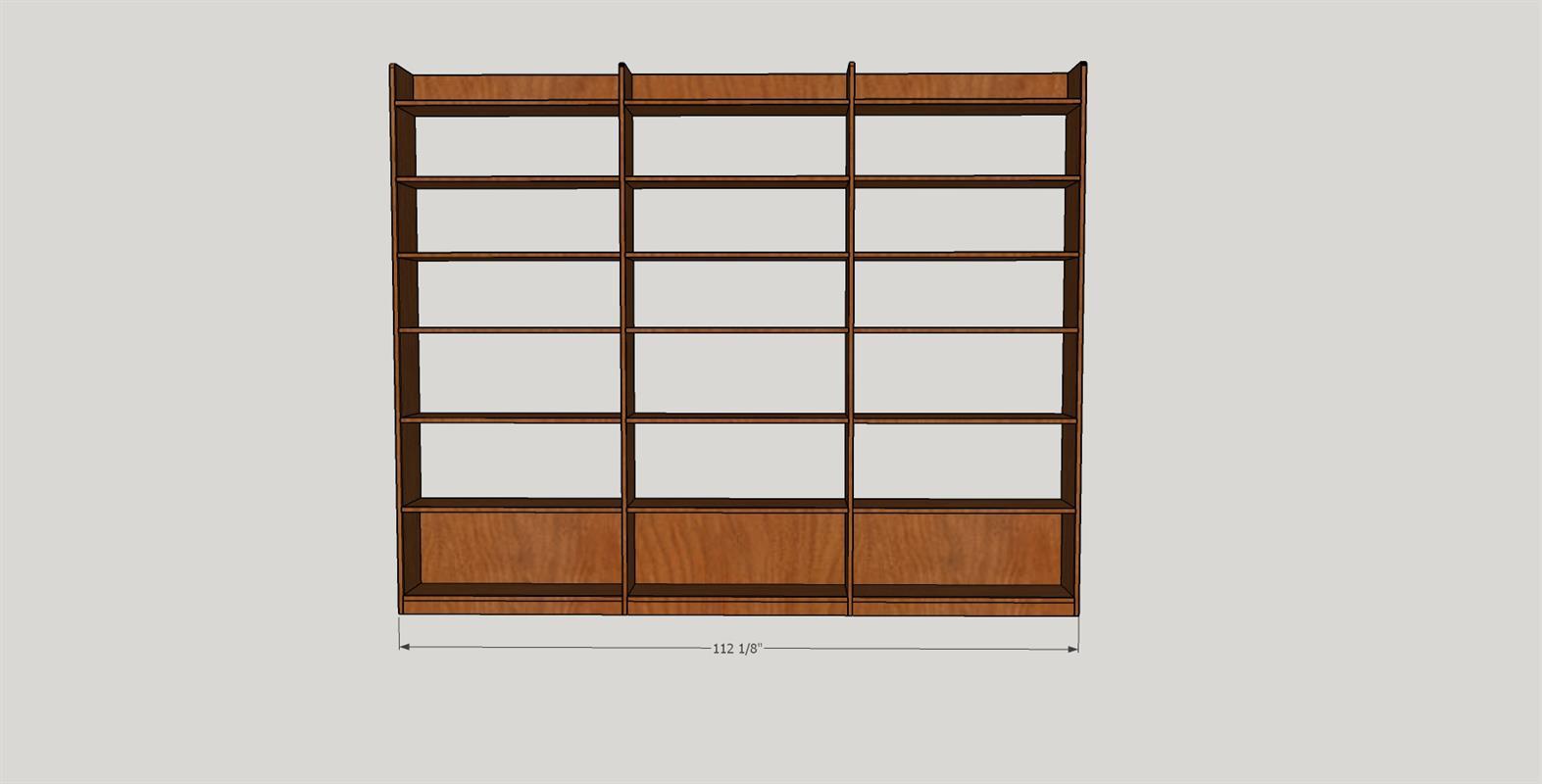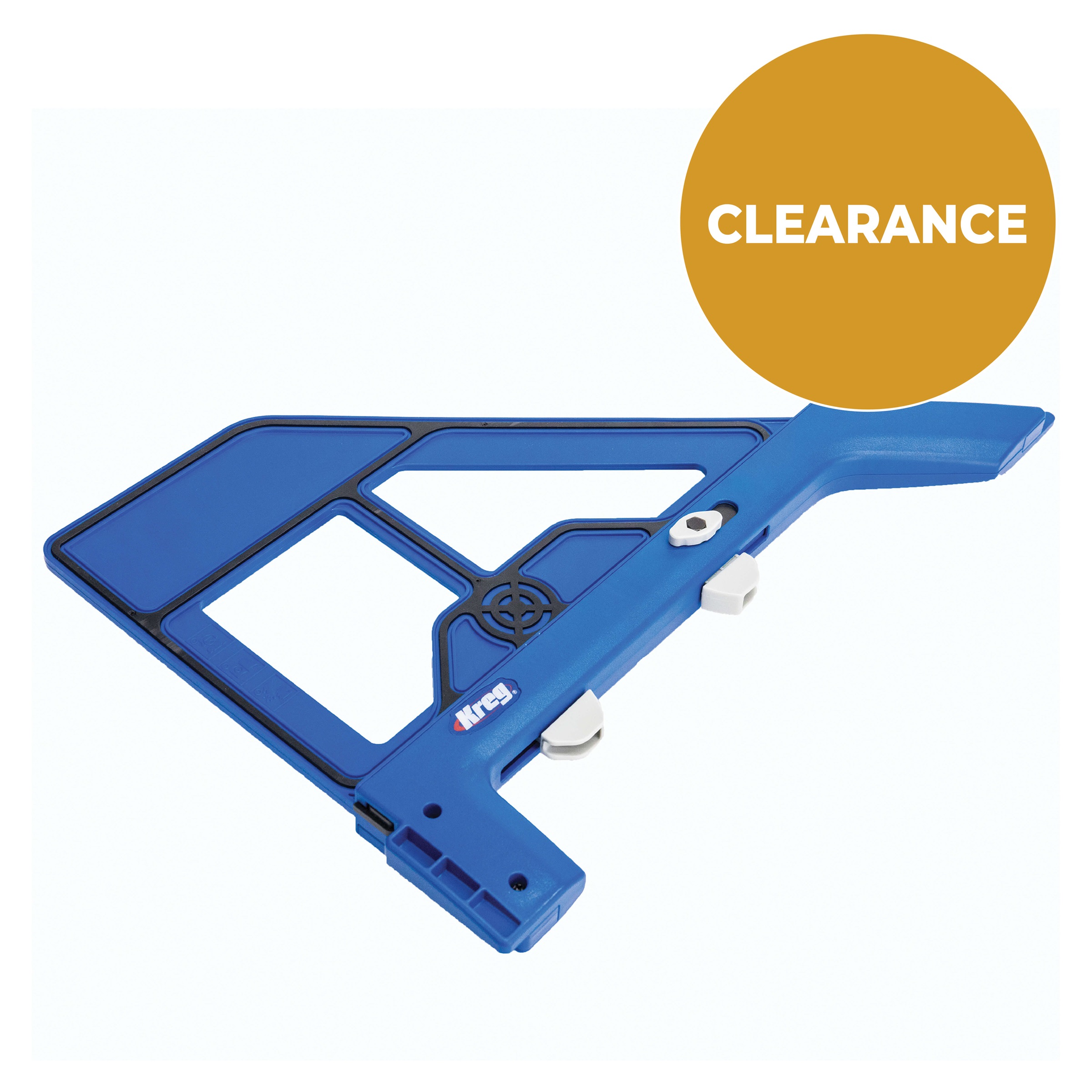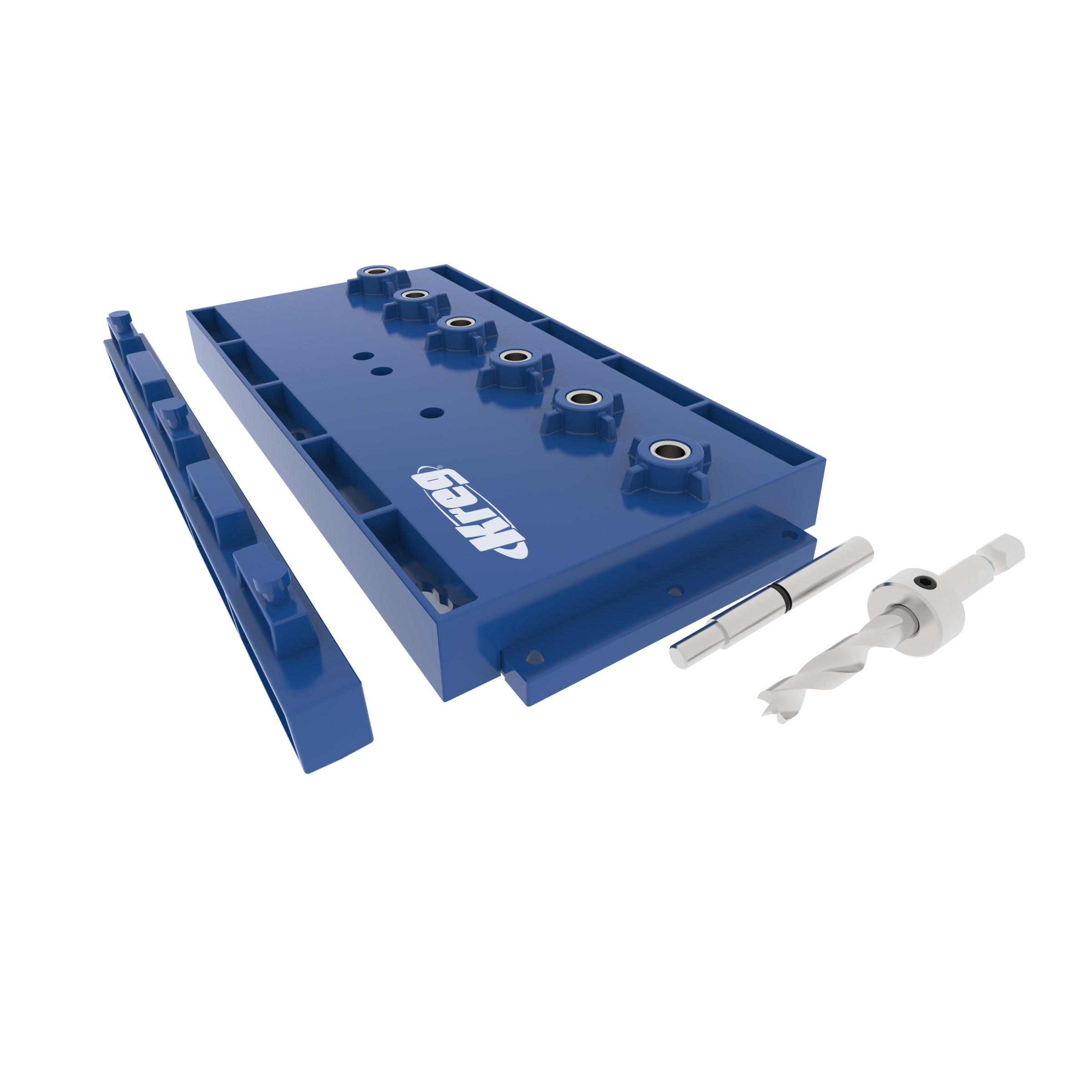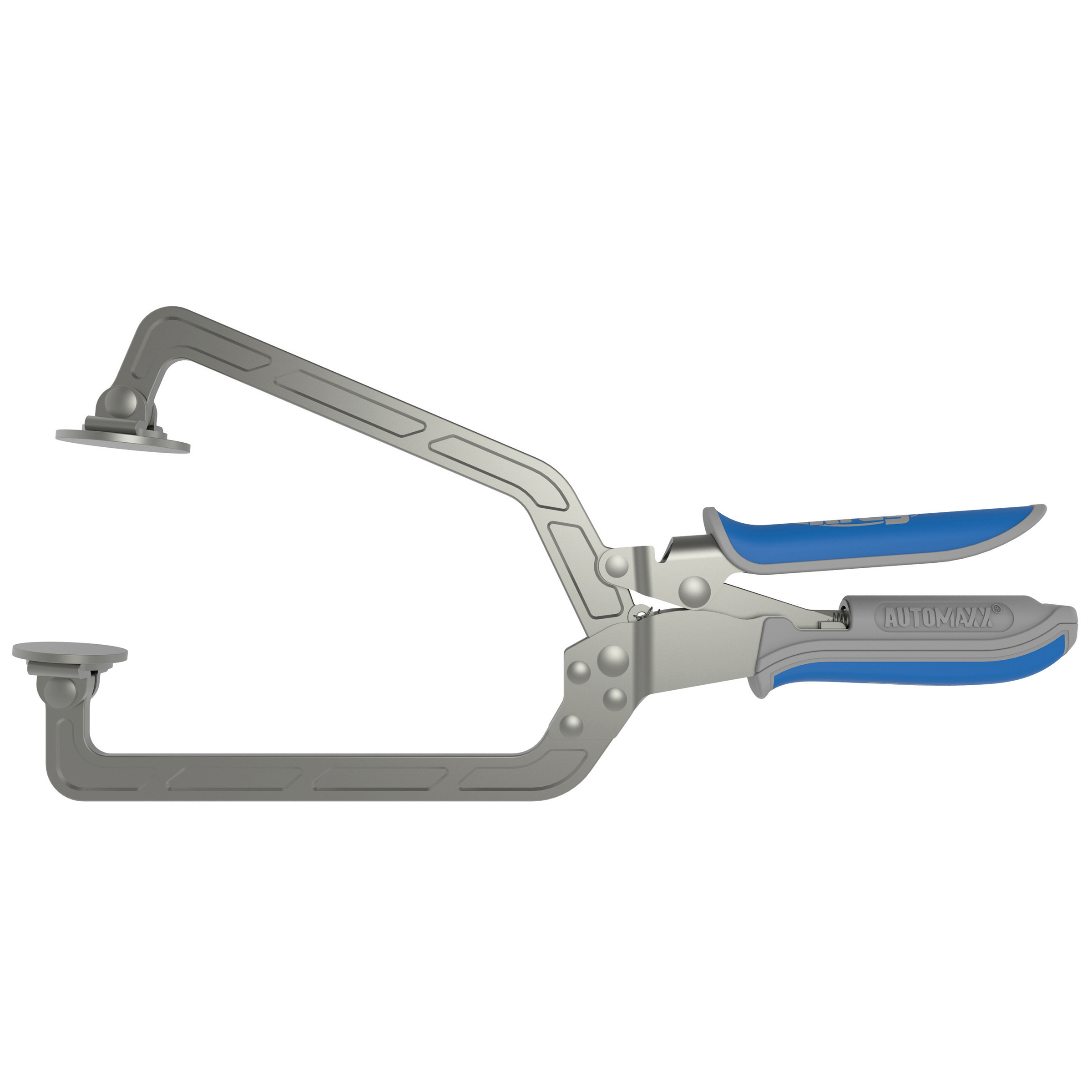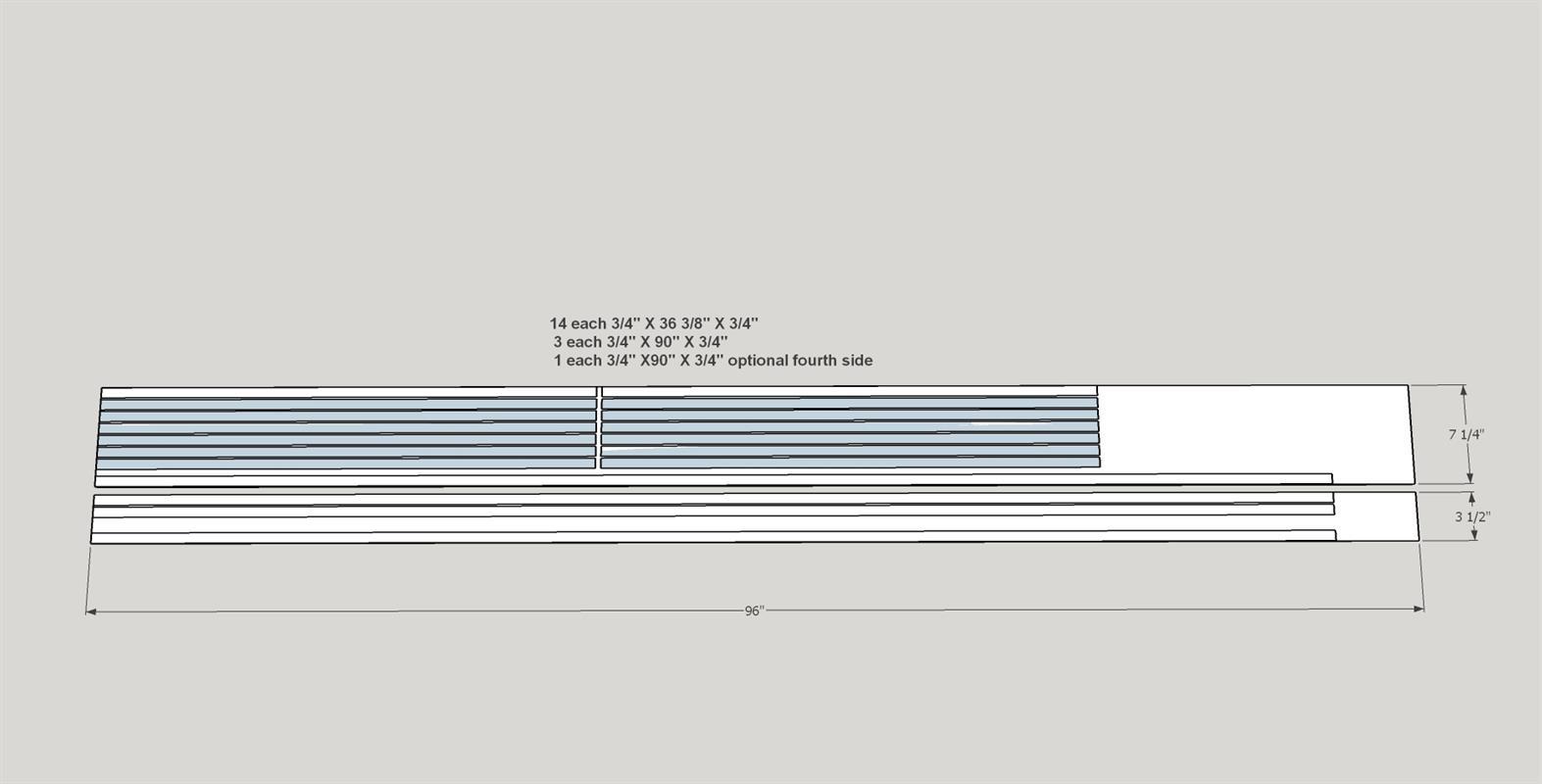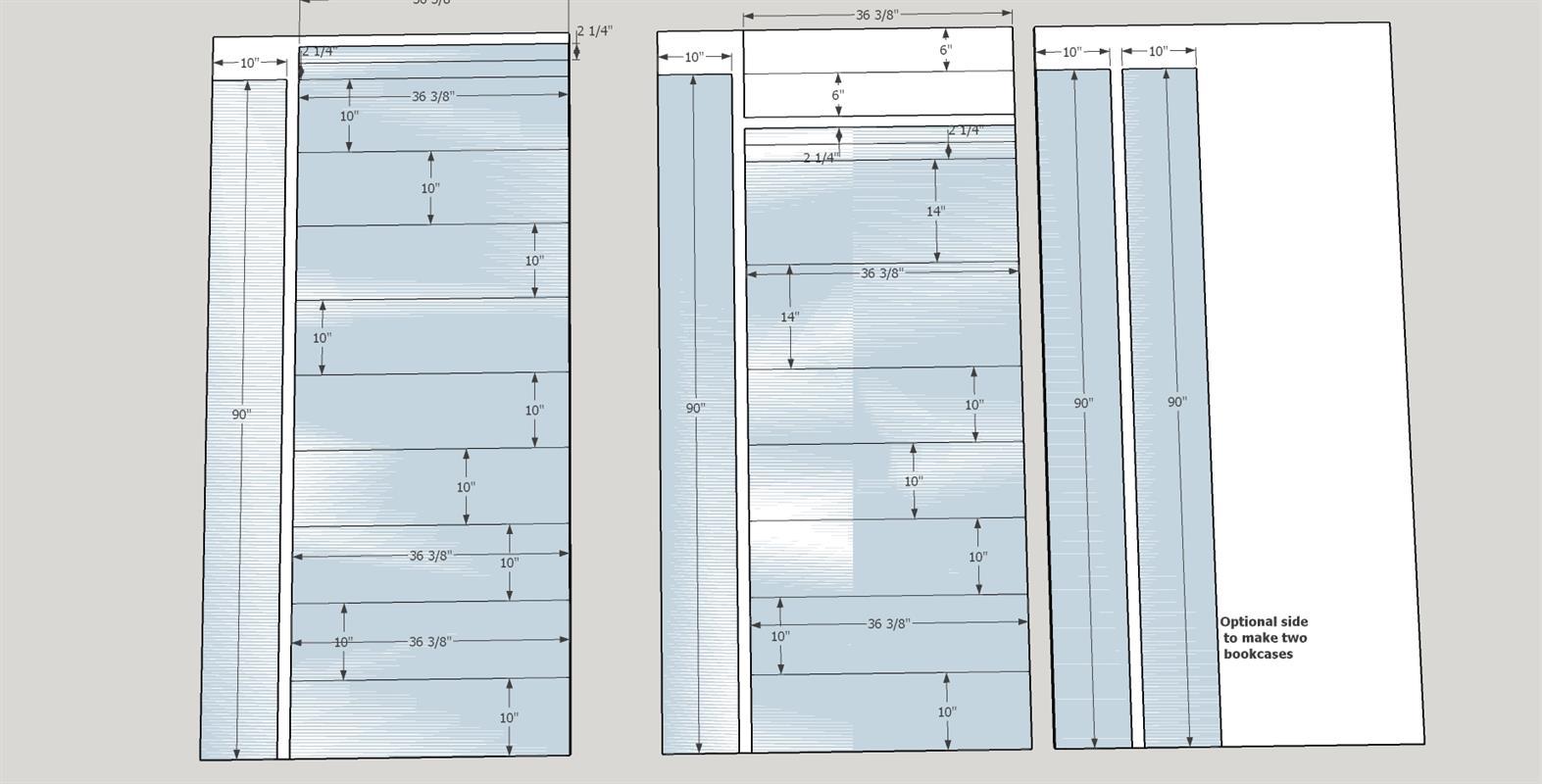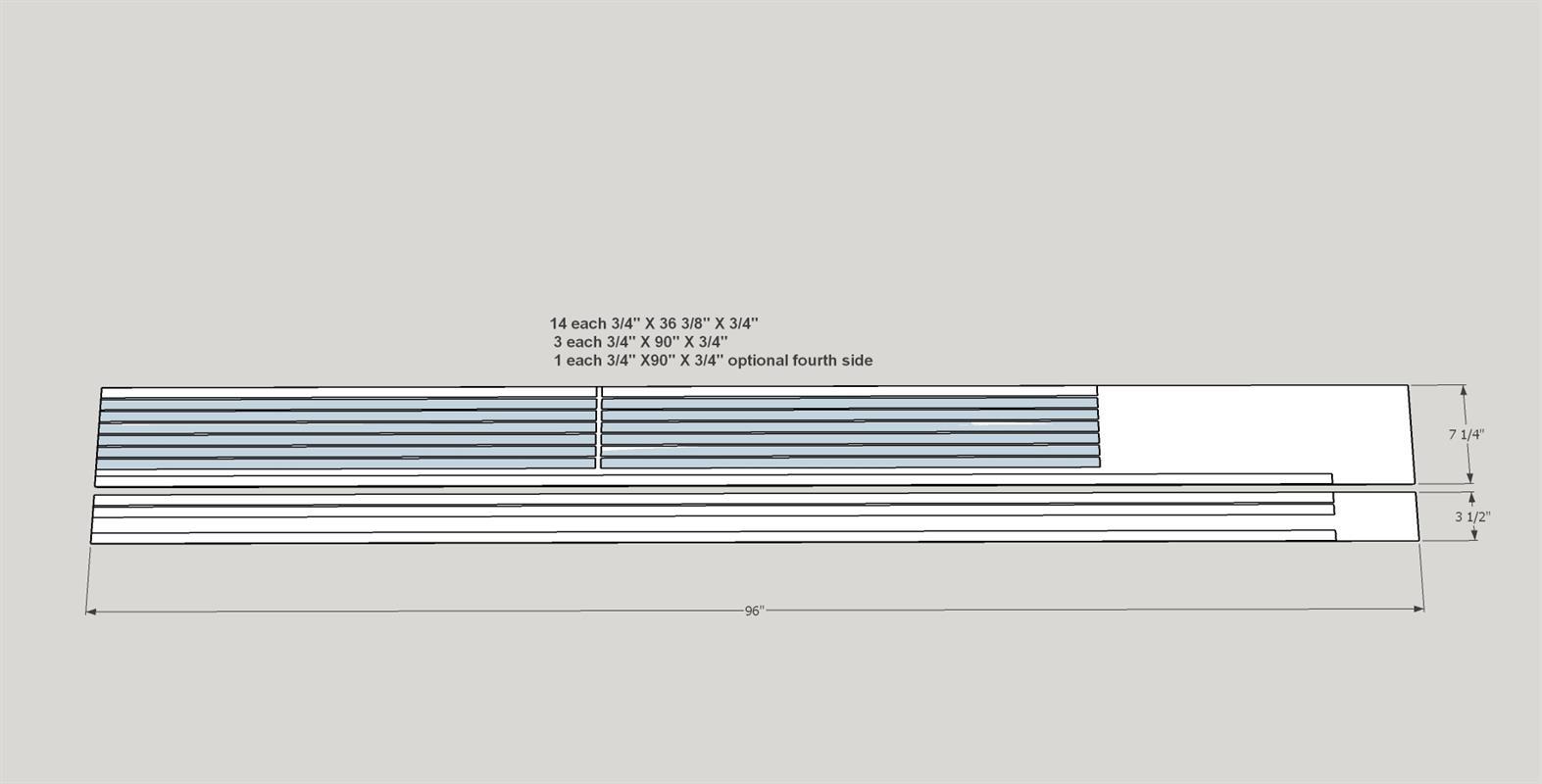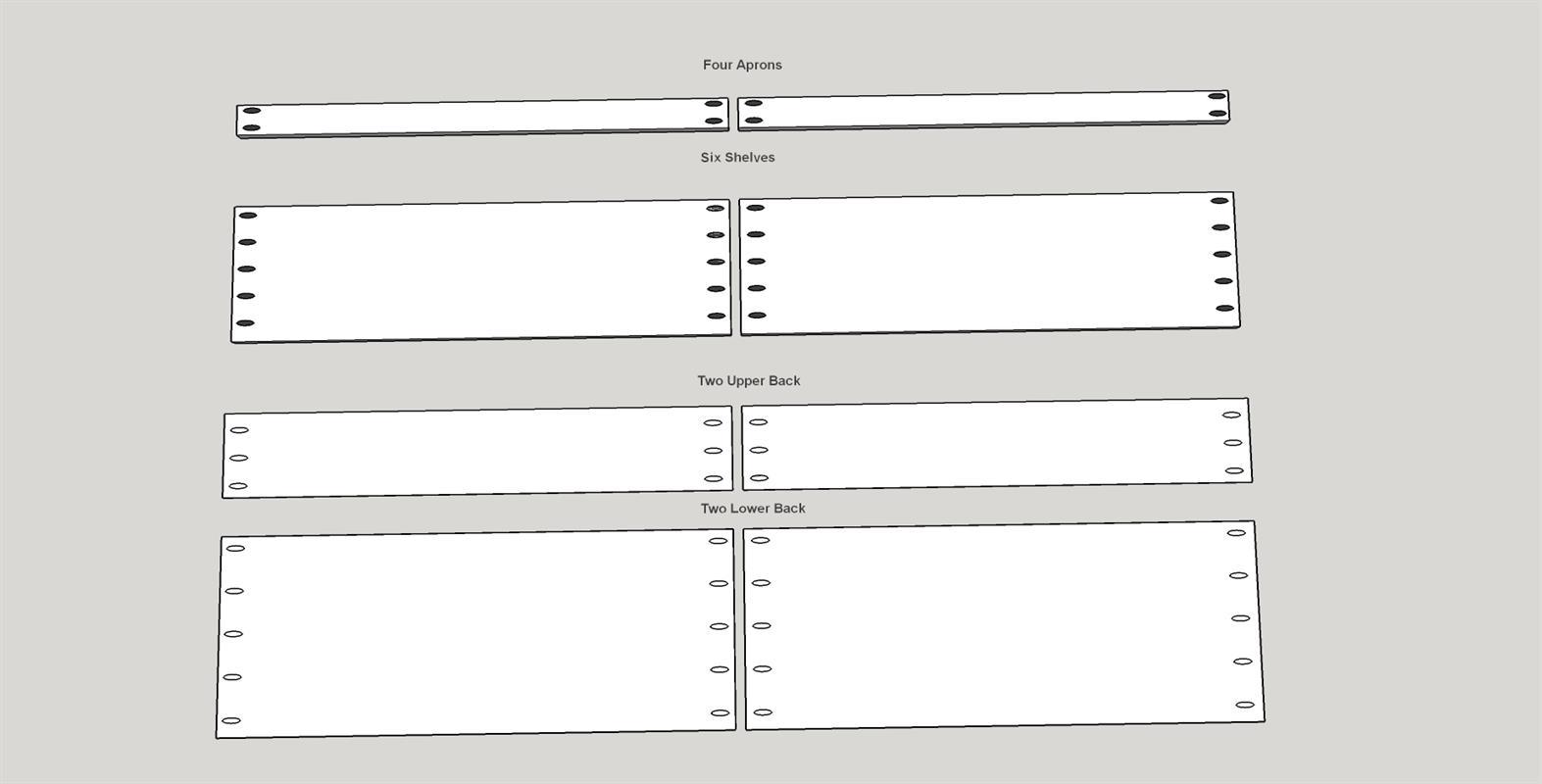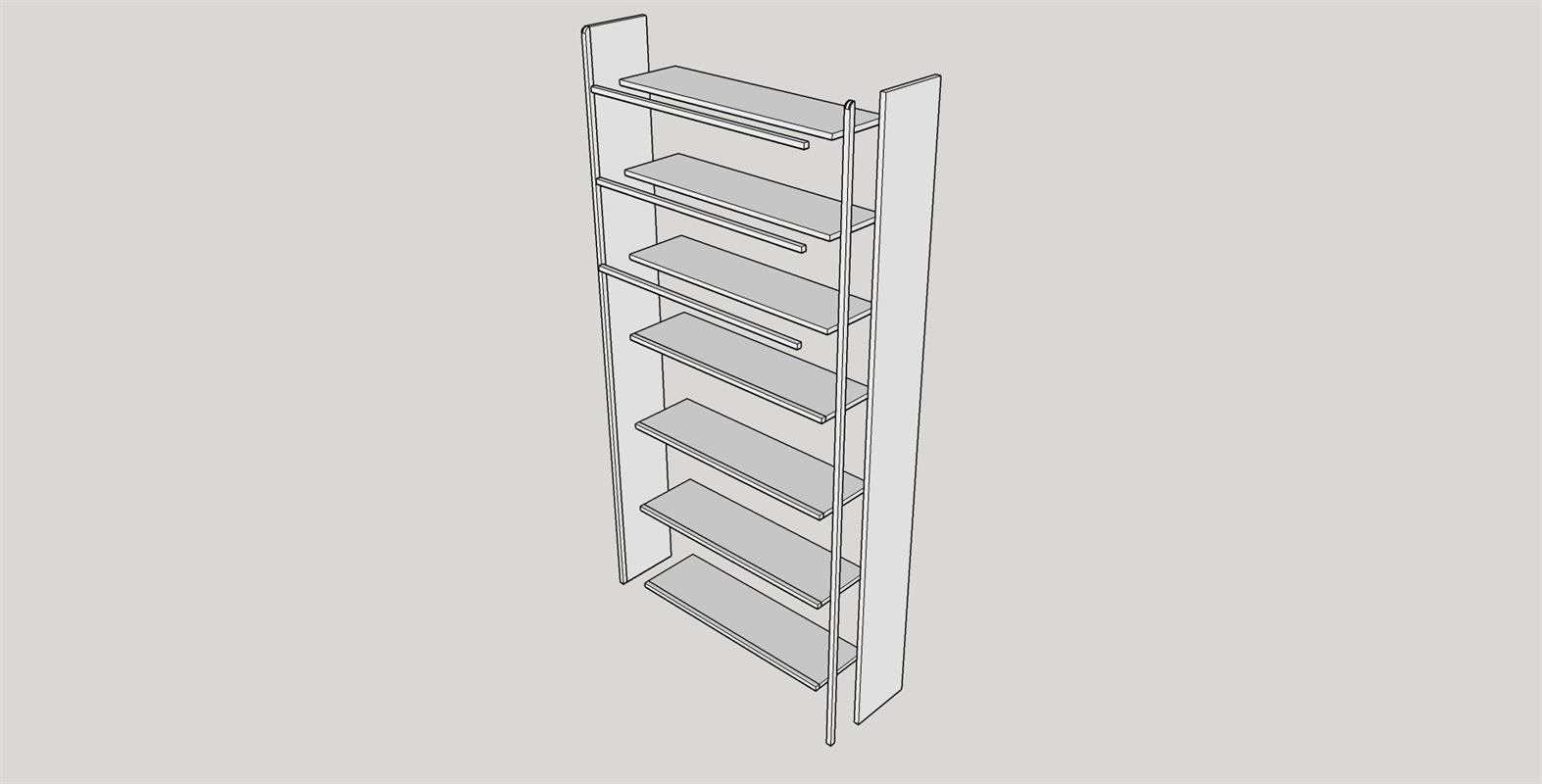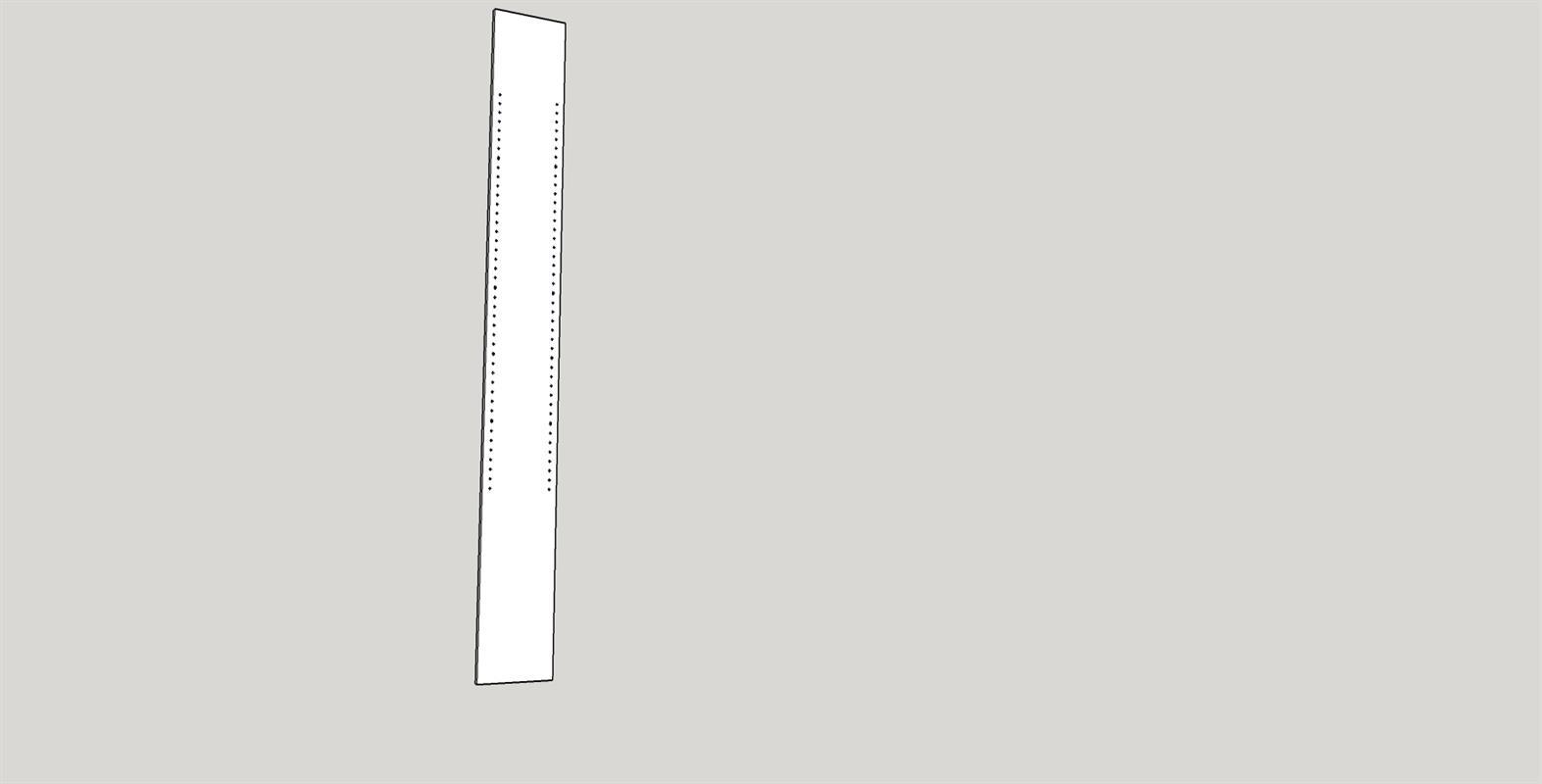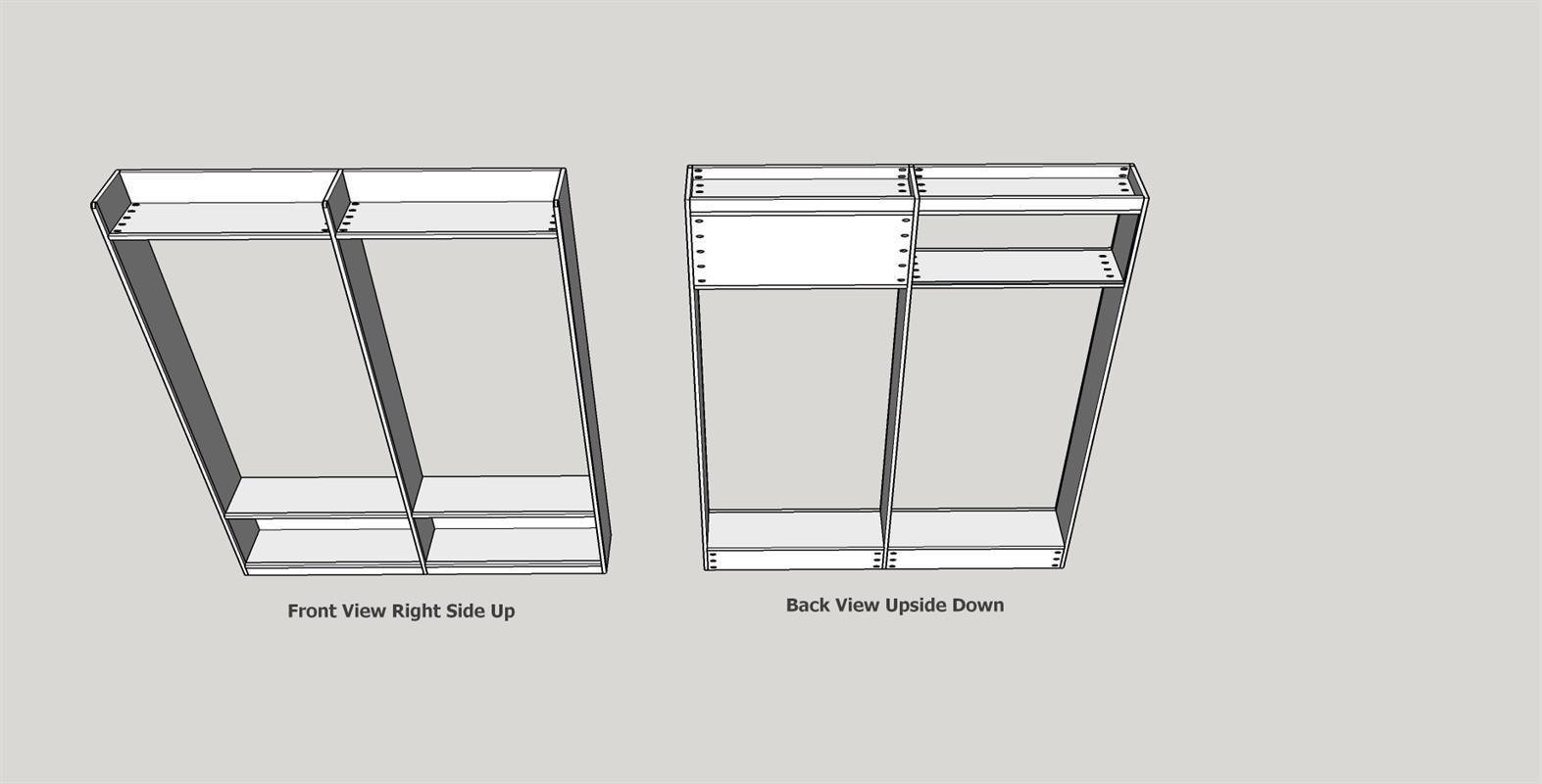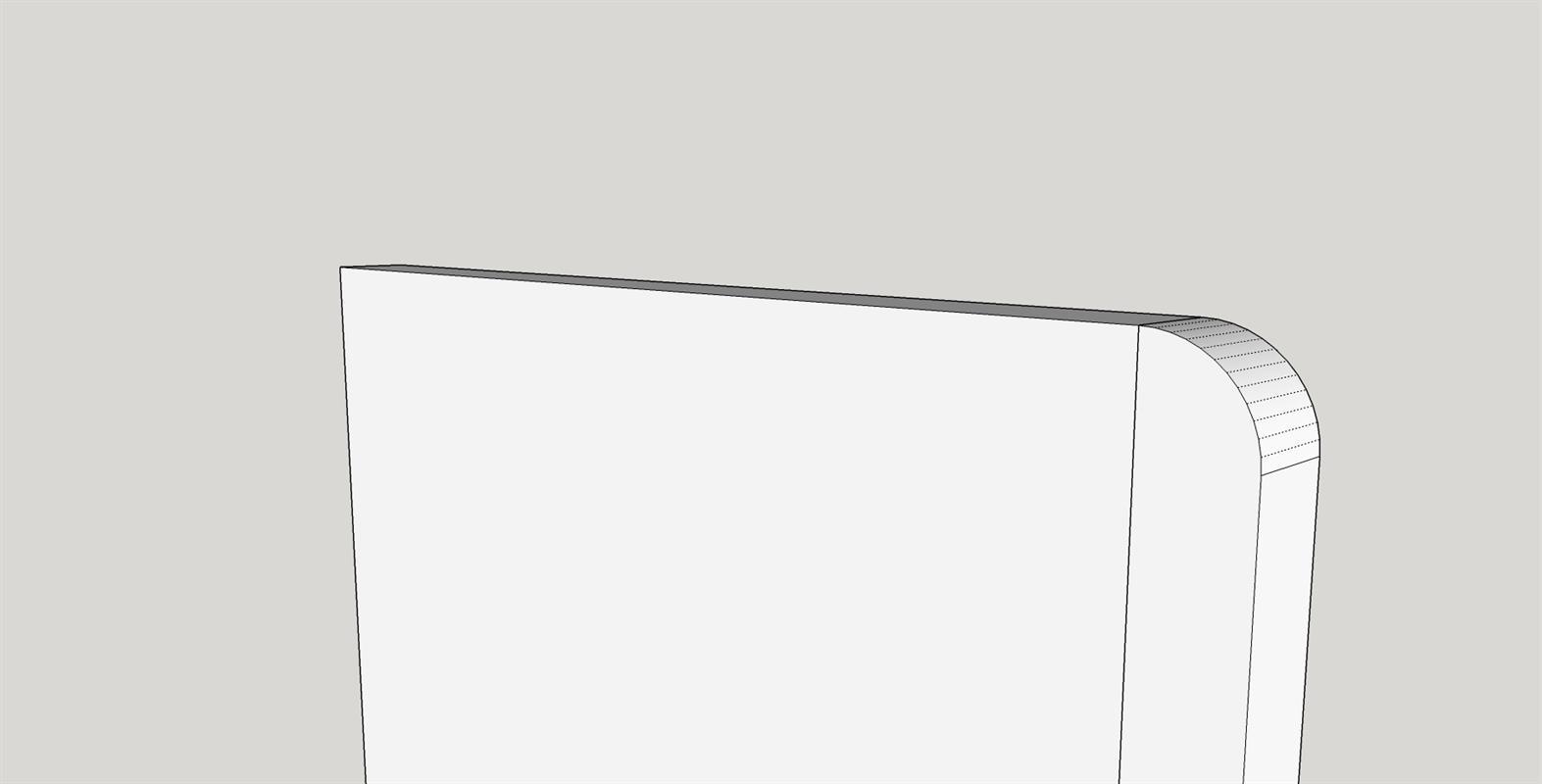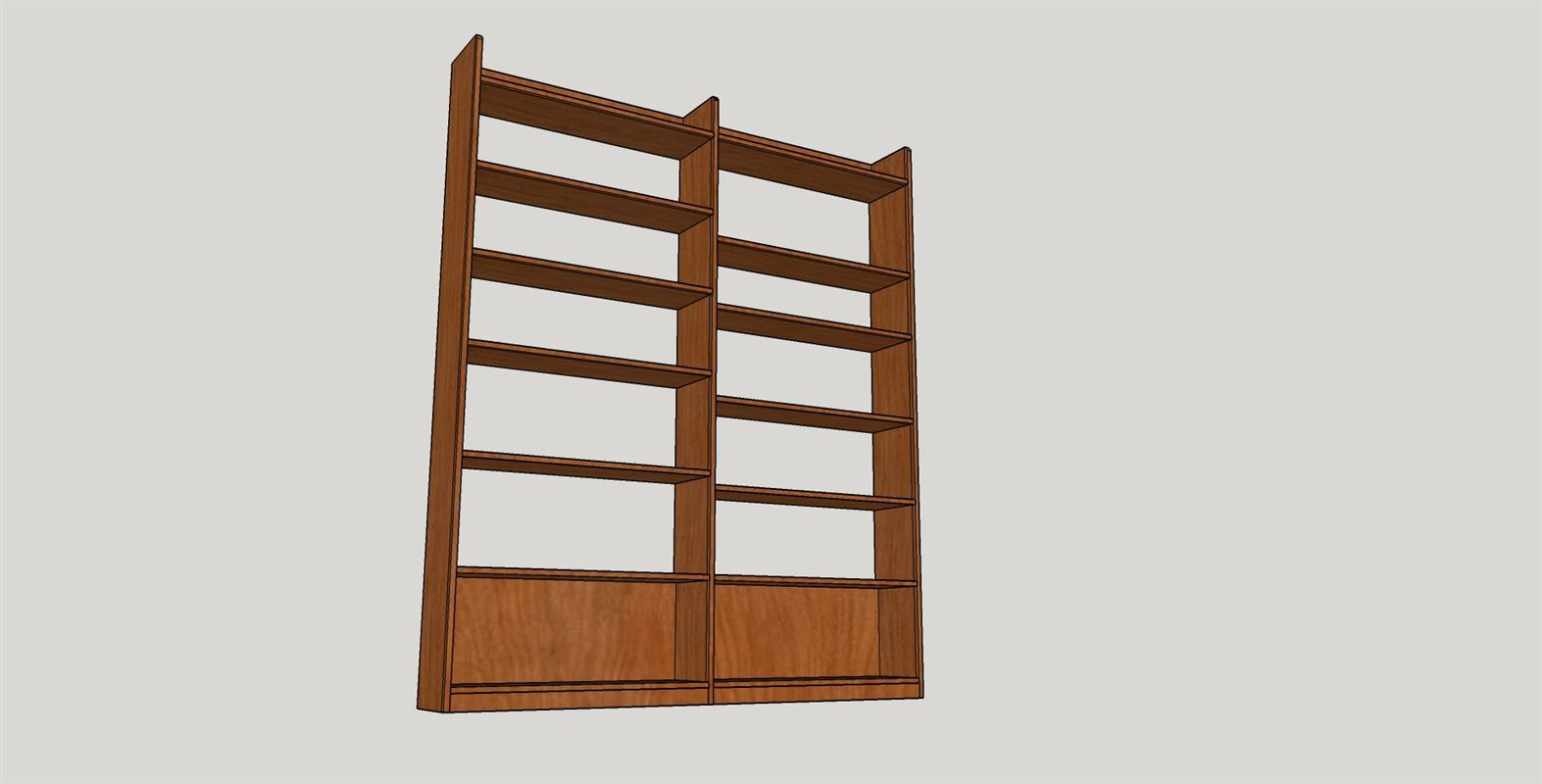Flexible Shelving For Your Home Office or Library
By fcbeckerBuild two shelving units, combine the units to make one wide unit or modify the design to build a whole wall of shelving. This design can be used to make whatever you need for displaying or storing books, knick knacks, binders, hobby supplies…use your imagination. Cost of materials approx. $250
Directions
-
Introduction
Please be sure to read through complete instructions before you begin any work on this project. This plan is designed to build a 75" wide shelving unit. By cutting an additional plywood side and wood edging you can make two 37 7/8" wide bookshelves. The plan can also be modified to add a third or fourth shelving unit if you have a big wall to fill.
-
Cut the plywood
For the 75" wide shelving unit cut the sides, shelves, front/back aprons, lower backs and upper backs from the three 3/4" plywood sheets. If you want to make two smaller units cut the optional side from the third sheet of plywood.I used oak plywood.
-
Cut the boards
Cut the 14 shelf edges and the 3 side edges. If you decide to make the two smaller units please cut one additional side edge. I made my unit out of oak.
-
Drill the pocket holes.
The shelving unit(s) are held together with pocket screws and wood glue. Of the fourteen shelves, six are fixed (held in place with pocket screws), two upper backs, two lower backs and four aprons also need pocket holes. Please see attached diagram.
-
Add front edging
The front wood edging needs to be attached to the front of the shelves and sides. Use Titebond I wood glue and 1 1/4" brad nails to do this. Please note that 3/4" plywood is often slightly narrower than the stated size, so the attached edging might be slightly wider than the plywood. If that is the case you can remove the excess using a hand plane or a router with a piloted flush trim bit. (See Extras section for explanations/demo)
-
Drill shelf pin holes
Using a Kreg Shelf Pin Jig, drill holes on the inside faces of the outer sides and on both faces of the center. Please be careful to insure that the holes align properly across the sides so the shelves set square in the unit(s).
-
Assemble the shelving unit(s)
Sand all of the components using 100 then 150 grit sandpaper. Layout the shelving components making sure that all will fit properly. Using wood glue and Kreg 1 1/4" coarse pocket screws attach the aprons, backs and fixed shelves. Please arrange the components so the pocket holes are hidden from view as much as possible
-
Radius the tops of the side edging
Mark a 3/4" radius on edging at the top of the sides. Using a band saw or a jig saw cut the radius.
-
Add adjustable shelves
The remaining eight adjustable shelves are placed in the unit(s) using shelf pins or shelf brackets to hold them in place. You can adjust their spacing to your needs.
-
Finishing
Now that the build is complete use 220 sandpaper to do a once over on all surfaces in preparation for the finish. Do not forget the adjustable shelves. Clean well to remove all dust. (I use compressed air and clean dry rags). The shelving unit was stained with Minwax Golden Oak Stain. After the stain was dry I used Minwax Tung Oil finish. I gave the shelving three coats following manufacturers instructions.



